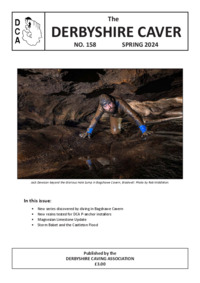c**tplaces said:
paul said:
They are now sold as "very strong battery belts" (wink-wink)!
For your 20 stone battery sir!

(that will be an oldham then...) Oh how the lawyers are rubbing hands in glee at what they have reduced us too. No such thing as common sense in law. For legal reasons! We need a new 'name' for the belt, like 'assisted hand line belt' or 'assisted support belt' words that have nothing to do with vertical rope work as such but gives the impression of a pre-loaded support belt! - THATS IT "
Pre-loaded Support belt"....
I think you'll find that the technical term you are looking for is 'Work Positioning Belt' - a few examples being...
http://www.ppsafety.co.uk/browse.php?id=11&sub_id=5
http://www.heightsafetyuk.co.uk/shop/index.php?main_page=index&cPath=9_53
http://en.petzl.com/petzl/ProProduits?Produit=498
Of course these are all more sophisticated versions than cavers are after but the principal is that the belt prevents the user moving into a situation where they may be suspended on the rope by keeping them on a ledge or whatever.
From a cavers perspective it is important to know the limitations of ones equipment and since the issue of being suspended in a waistbelt for any length of time whatsoever is a pretty serious one then it is essential to be very clued up on the subject.
Several options for improvising harness arrangements have been discussed on here and all of these have their place but they are exactly that...improvised. Wearing a harness for vertical caving on ladders enables hauling of tired/exhausted/injured cavers and in situations where things have gone slightly astray maybe involving inexperienced belayers/cavers etc. and I would contend it is better, though not essential, to use a sit harness for laddering whatever the size of the pitch. Belts are fine for very short steps/slopes/climbs etc. in caves but that is all.
When I first started rock climbing in the mid 70s most climbers tied on round the waist with a bowline and were just careful not to fall off when leading! Things have moved on somewhat since then!!



